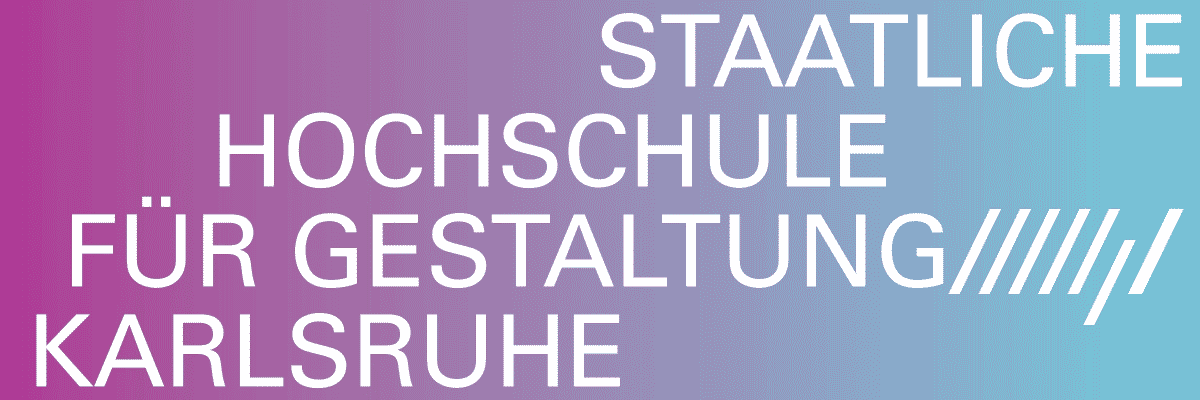
Fabian Reetz
East German Gothic Studies
Project Info
- 💙 Klockermuseum
- 💚 Lena Ganahl
- 🖤 Fabian Reetz
- 💜 Lena Ganahl
- 💛 Dino Bossnini / Jakob Thaler
Share on

East German Gothic Study (a monument to the ruined days), 2024
Advertisement

exhibtion view

East German Gothic Study (Robin Gallith III), 2024

exhibition view

exhibtion view

East German Gothic Study (a monument to the ruined days), 2024

East German Gothic Study (a shallow grave), 2024

East German Gothic Study (wir schauten aus dem Fenster, wie der Palast der Republik in die Luft gesprengt wurde), 2024

exhibtion view
finally, a report on people living as if they were already dead. it seemed to be a new trend.
new year‘s eve with death in june, ostgruft, the wall.
there was no order. the people were there.
she looks out of the window.
the fences cut the houses. the breaking of roofs like the breaking spines. what do we
know about forced labour in our mines. this stone won‘t split, these fractures won‘t join.
we went into the kitchen because you were allowed to smoke there. we smoked and were
down. (Valerie Zichy)
Fabian Reetz presents an adaptation of the series „East German Gothic Studies“ in the Art Box of the Klocker Museum. The works explore the connections between the mining and use of slate in Thuringia and the Gothic subculture that emerged in the 1980s. Historical events, traditional craftsmanship, and subcultural strategies are intertwined and reinterpreted.
The result is an installatative archive that examines the characteristics of Gothic culture shortly before and after the fall of the Berlin Wall, questioning the relationship between personal and collective search of identity as well as analyzing economic precarity as a driving force behind its emergence.
In the region of the Thuringian Forest, many single-family houses and church towers are
traditionally covered with slate stones. Slate mining and processing were significant
economic activities for many centuries and shaped the region‘s architectural style. The
layered stones protect roofs and walls from all weather conditions.
However, the slate industry declined drastically after World War I, making the material more
expensive, which led to slate roofing being excluded from new construction projects for
cost reasons. Slate mining in the region ceased entirely in the 1990s.
By working with slate plates using a „Haubrücke“ (a traditional roofing tool) and a slate
hammer, Reetz adapts this traditional craft for his works. He covers panels, sculptures, and
architectural elements with hand-split stones, as seen in his exhibition at the Klocker
Museum.
The artist intentionally obscures stylistic details that would be necessary for
dating the work to a specific time period, making it impossible to specify a particular
style. While the actual protective function of slate for buildings is not needed for a column
as interior element, the protective role of the slate must be redefined.
To develop a distinct and self-assured presence, activities such as dyeing and sewing
clothes, recording music, listening to Western radio broadcasts, and exchanging ideas in
youth clubs and gatherings were essential in the emerging Gothic scene, despite cons-
tant surveillance. The Gothic scene is heavily influenced by its aesthetics, which generally
convey a very dark and eerie impression.
Typical Gothic clothing is, in the truest sense, multilayered: often, many different garments
dominated by the color black are arranged and worn on top of each other, frequently blending different historical clothing styles.
Formally, Reetz identifies parallels here with the layered slate tiles that protect the facades
of buildings. In the installation EAST GERMAN GOTHIC STUDY (A MONUMENT TO
THE RUINED DAYS), slate is treated like a material for clothing.
In the display cases at the museum entrance, Fabian Reetz presents an installattive archive
that offers proposals for the institutionalization of subcultural experiences. His work
EAST GERMAN GOTHIC STUDY (ROBIN GALLITH) features a slate stone that has
been meticulously split in half.
The interior surfaces of both slabs are intricately engraved with a laser, revealing an
excerpt from a fanfiction by Gallithious, originally posted on the website AO3.
This text, filled with conjectures and speculations about figures within the Gothic subcul-
ture, is mirrored on one of the slabs to accentuate the stone’s rupture.
EAST GERMAN GOTHIC STUDY (a shallow grave), a collaborative piece with Valerie
Zichy and Juro Carl Anton Reinhardt, is a laser-engraved work on paper that showcases
ornamental designs derived from illustrations found in the „Pfingstbote,“ a companion
booklet to the Wave-Gotik-Treffen in Leipzig. The work incorporates a lace doily, archival
imagery, and a text rendered in the voice of an unreliable narrator, which conveys painful
experiences across overlapping historical contexts.
Here, the Gothic aesthetic is employed as a means of engaging with events that have
been hastily suppressed.
Lena Ganahl
Lena Ganahl




